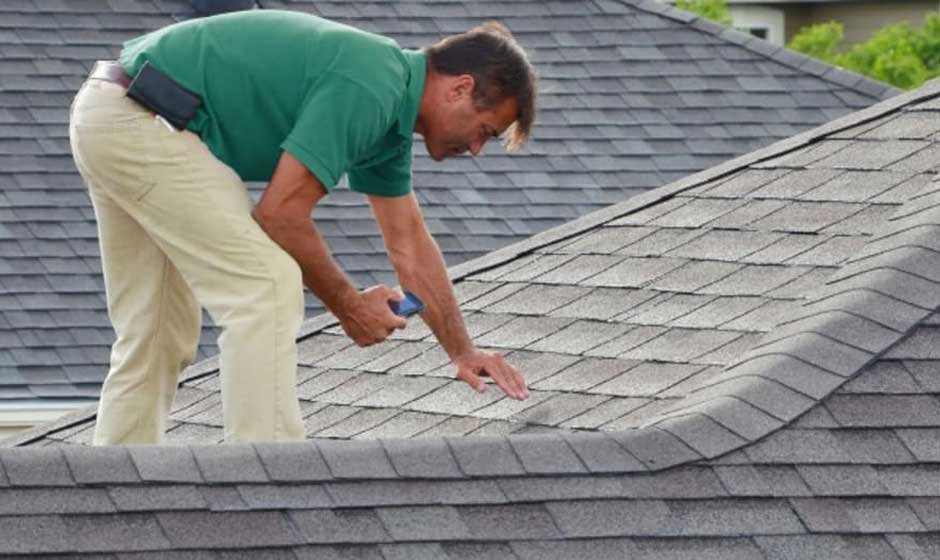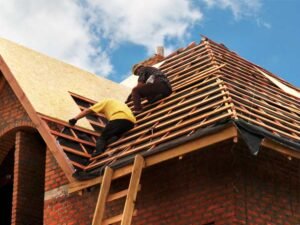A roof is more than just a protective cover; it is a crucial part of your home’s overall structure and comfort. It shields your living space from rain, snow, heat, wind, and other environmental factors. Because the roof is exposed to constant stress from the elements, how it is installed plays a critical role in determining how long it will last. Proper roofing installation ensures the roof performs optimally and avoids problems that can reduce its lifespan. We will explore why the installation process is so important, highlighting how it can prevent damage, improve efficiency, and ultimately extend the life of your roof. Recognizing these benefits helps homeowners understand the value of proper installation beyond just choosing good materials.
How Proper Installation Enhances Roof Longevity
Ensures Structural Integrity and Weather Resistance
A roof must securely attach to the home’s structure to handle various weather challenges. Proper roofing installation means every component—from the decking to the shingles—is fastened correctly according to precise guidelines. This firm attachment prevents shingles from lifting or blowing off during storms, which are common when installation is rushed or careless. When the roof’s components are properly aligned and secured, the system acts as a strong shield against rain, snow, and wind.
This prevents water from entering the home and causing damage to the interior, such as rotting wood or mold growth. Even high-quality materials can fail prematurely without proper installation because they aren’t given the correct support or protection from the elements. The stability provided by a correctly installed roof helps maintain its protective function and prolongs its usable life.
Prevents Water Damage Through Correct Sealing and Flashing
One of the biggest threats to a roof’s longevity is water infiltration. Water can enter through small gaps around chimneys, vents, skylights, or valleys if flashing and seals are not installed properly. Flashing is the thin metal or plastic barrier that directs water away from vulnerable spots. Incorrect placement or poor sealing allows moisture to seep underneath roofing layers, damaging the roof deck, insulation, and even the interior ceilings.
Over time, trapped moisture can lead to wood rot, mold growth, and structural weakening, drastically shortening the roof’s lifespan. Proper installation ensures flashing is carefully fitted and sealed, creating a water-tight barrier that protects these critical areas. Correct underlayment installation beneath shingles adds another layer of defense against leaks. This attention to detail during installation prevents early failure due to moisture, preserving the roof’s condition for many years.
Improves Energy Efficiency and Temperature Regulation
Beyond protection from weather, a well-installed roof plays a significant role in a home’s energy efficiency. Roofing materials alone do not guarantee proper insulation or ventilation; the installation method must support these functions. Correct installation includes laying underlayment materials that resist moisture while allowing vapor to escape and installing proper attic ventilation systems. This helps regulate temperature beneath the roof, preventing excessive heat buildup in warmer months and moisture accumulation in colder months.
Excessive heat can cause roofing materials to degrade faster, making them brittle and more prone to cracking or curling. Proper ventilation and insulation reduce this thermal stress, extending the life of roofing components. In addition to prolonging the roof’s durability, these factors also help keep the home cooler in summer and warmer in winter, lowering energy bills and enhancing comfort.
Reduces the Likelihood of Premature Wear and Tear
Roofs endure constant exposure to sun, rain, wind, and temperature fluctuations. Even small installation errors can create weak points that accelerate wear and tear. For example, if nails are improperly placed or insufficient in number, shingles can loosen or blow away in strong winds. Misaligned shingles or improperly layered materials can trap moisture, promoting decay. These issues compromise the roof’s ability to protect the home and increase the chances of costly repairs or early replacement. Proper installation follows manufacturer guidelines and building codes, ensuring each roofing component supports the others to form a durable system. This attention to detail prevents premature damage, preserving the roof’s integrity over a longer period. With correct installation, roofing materials perform as designed, enduring environmental stress without failing early.
Facilitates Easier Maintenance and Repairs
Maintenance is essential for extending a roof’s lifespan, but the ease of maintenance depends heavily on installation quality. When roofing materials are installed properly and in a neat, orderly fashion, it is easier for homeowners or contractors to inspect the roof regularly and identify potential problems early. Proper installation means fewer surprises during inspections, such as loose shingles or damaged flashing that are hard to detect. Additionally, a well-installed roof is less likely to develop major problems, reducing the frequency and cost of repairs. Correct installation provides a clear layout and stable foundation when repairs are needed, allowing for faster and less complicated fixes. Proper installation contributes to a longer-lasting roof by simplifying maintenance and helps avoid expensive, extensive damage that could shorten its life.
Proper roofing installation is foundational in ensuring that your roof remains durable, efficient, and reliable over time. It secures the roof’s structure, prevents water infiltration, enhances energy performance, and reduces the risk of premature damage. Moreover, it supports warranty protections, simplifies maintenance, improves home value, and lessens environmental impact. Neglecting installation quality can result in costly repairs, early replacement, and a roof that fails to protect your home effectively. Proper installation is an investment in peace of mind and long-term security, allowing your roof to fulfill its essential role for many years. Understanding these benefits empowers homeowners to prioritize correct roofing installation as a key factor in preserving their property.










